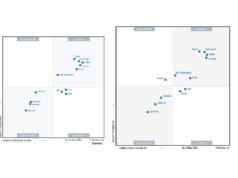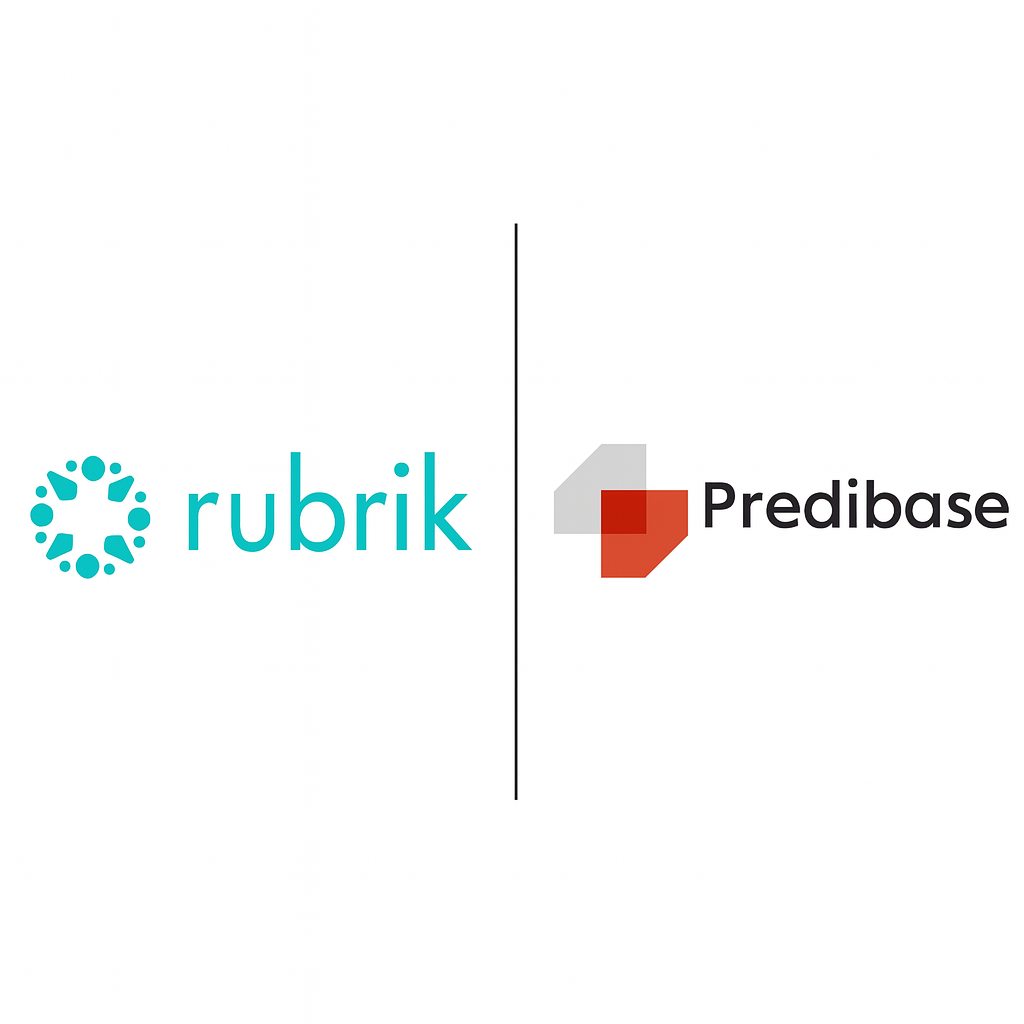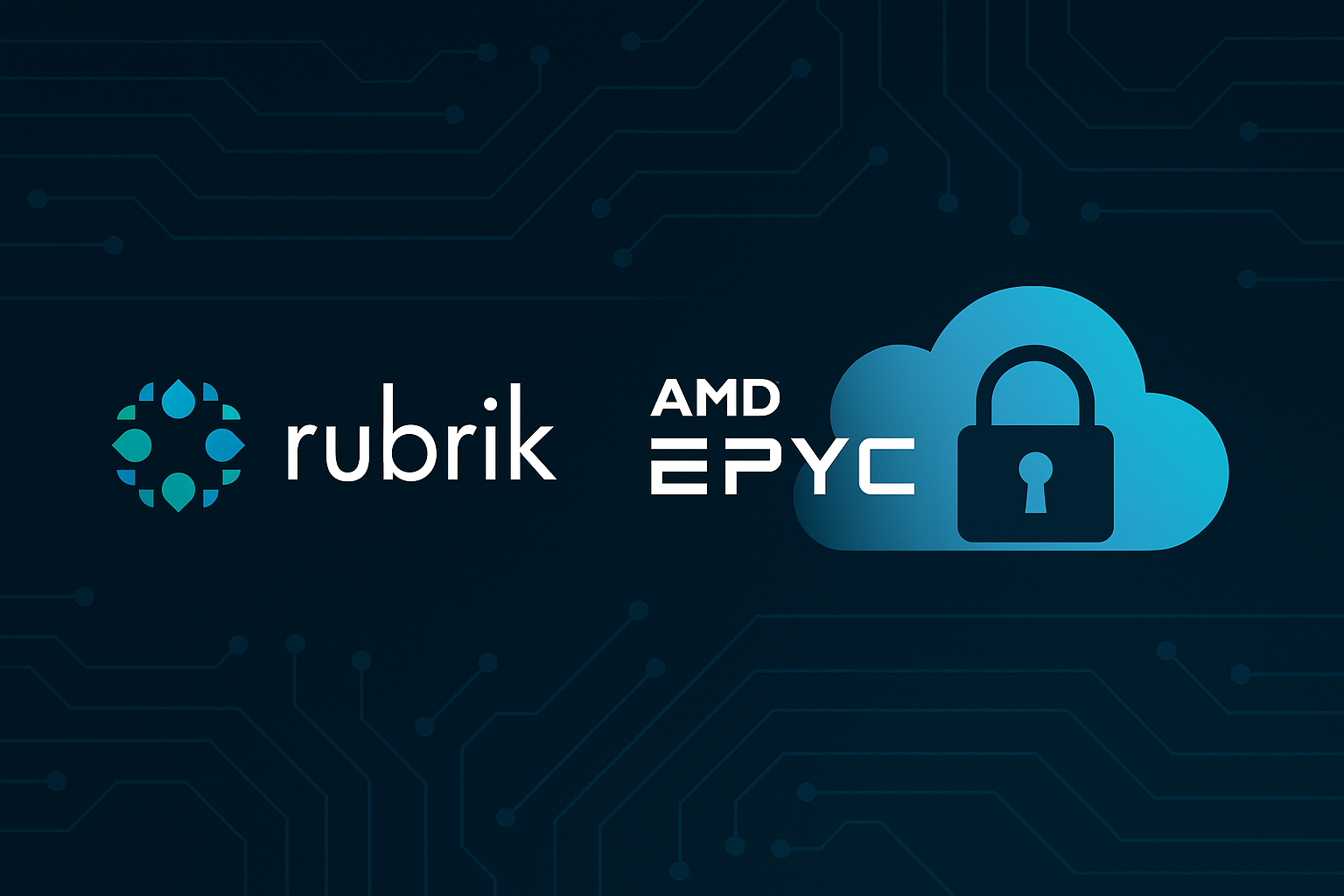Gartner has released its annual Enterprise Backup Magic Quadrant (MQ) for 2024. While the leaders quadrant remains largely unchanged from last year, notable shifts have occurred elsewhere in the MQ. Arcserve has moved to the niche quadrant from challengers, and Acronis has been dropped entirely. Analysts attribute Acronis’s exclusion to its focus on MSPs and endpoint protection, which diverges from the MQ’s emphasis on protecting enterprise workloads.
Veeam continues to dominate the Y-axis, achieving the highest rating for its ability to execute. The company has also advanced on the X-axis, indicating improved vision. This improvement is attributed to its increased focus on security, highlighted by its recent acquisition of Coveware, a cyber recovery and incident response company. Rubrik remains the leader with the strongest vision, although its position has not changed significantly. Analysts note that Rubrik’s limited presence in APAC and LATAM necessitates a stronger partner ecosystem in these regions.
Cohesity has made slight improvements in its vision, recognized for its innovation and early integration of GenAI into its product suite. Its differentiated marketplace strategy enables a broader ISV ecosystem. However, analysts caution that Cohesity’s pending acquisition of Veritas may impact its ability to innovate, as resources may be diverted towards integration efforts. Commvault has made strides in cyber resiliency and recovery capabilities, though customer support and enablement challenges persist. Its position relative to Rubrik, Cohesity, and Veeam remains unchanged.
Dell is inching closer to the challengers quadrant, signaling potential challenges. The company struggles to transition customers to PowerProtect from its legacy products—Avamar, Networker, and Data Domain. Additionally, Dell faces difficulties establishing itself as a hybrid cloud player, relying on companies like Druva to fill critical gaps in its cloud product portfolio.
Druva, IBM, and HYCU are identified as visionaries in this MQ. IBM’s increased reliance on Cohesity and other vendors has positioned it behind Druva and HYCU in terms of vision, edging it closer to the niche quadrant.
The niche quadrant now includes Microsoft, Arcserve, Unitrends, and OpenText.
About the Gartner Magic Quadrant Research Methodology
The Gartner MQ evaluates vendors based on 15 weighted criteria. It is important to note that the Magic Quadrant is a vendor evaluation tool and not intended for product evaluation. Gartner recommends that clients read the Critical Capabilities report, which provides an in-depth analysis of products in a given market, alongside the MQ, when making product decisions.






